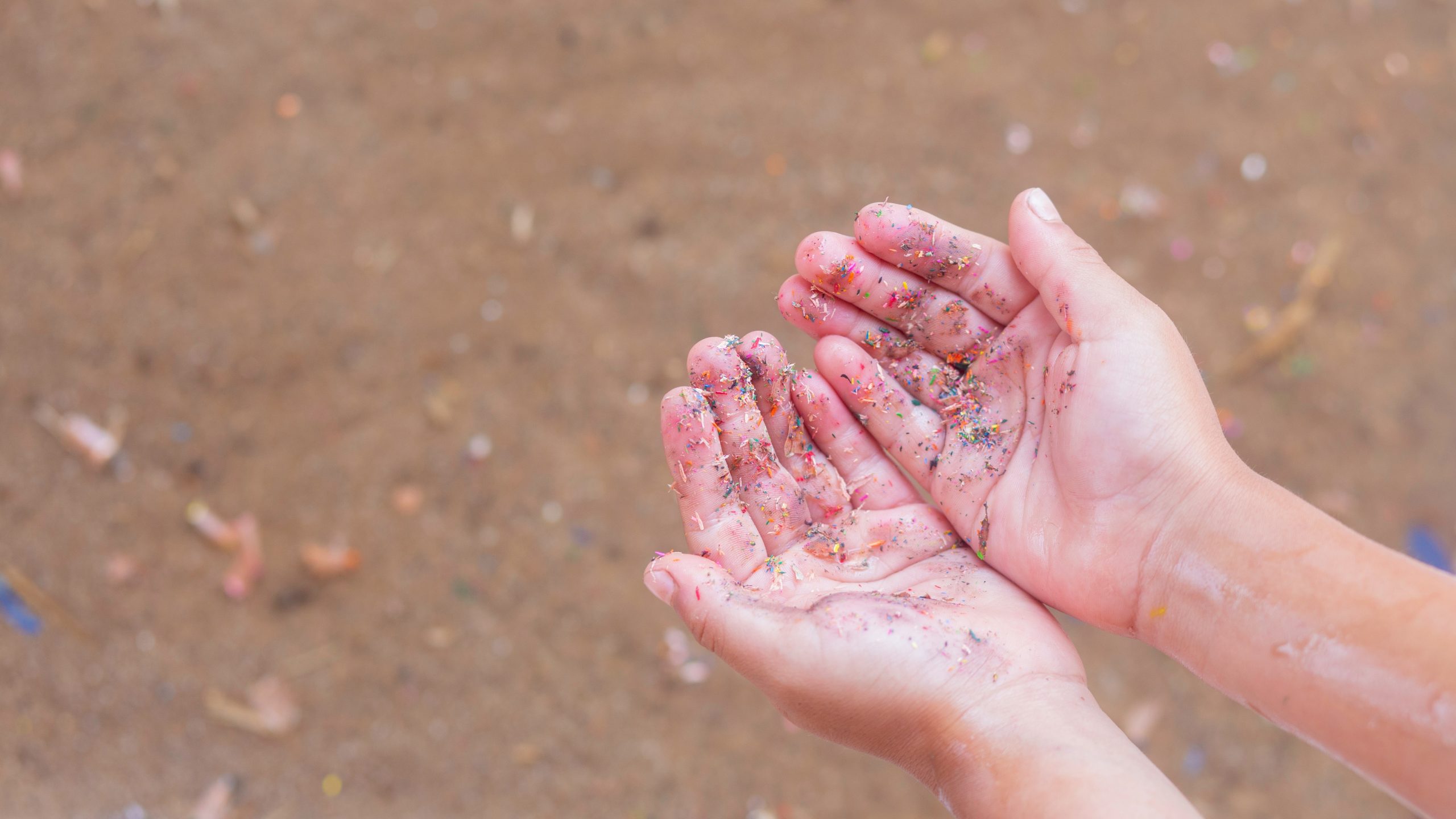Food is essential for survival, and when properly enjoyed, some may even call it a hobby. However, what if the one thing that keeps us alive is killing us in silence?
Professor Dr Walton Wider, a professor at INTI International University’s Faculty of Business and Communications (FBC), has discovered this through his research titled “Are we eating Microplastics? Science mapping of microplastic pollution in the aquatic food chain,” which he has collaborated on with several other researchers from Universiti Malaysia Pahang Al-Sultan Abdullah, Malaysia.
The research utilises bibliographic analysis of 216 journal articles from 2008 to 2023 to shed light on the emerging, current, and future themes of microplastic pollution and its effects on the ecosystem. Based on his research, microplastic pollution emerged as early as 2014 and has affected us since then.

Microplastic pollution is a human activity that severely affects the earth’s freshwater ecosystems, such as lakes and rivers.
Microplastics are derived from nonbiodegradable materials that produce plastic debris and have accumulated in terrestrial and aquatic systems. Plastic products are dispersed into the ecosystem through day-to-day activities such as household littering, losses from landfill sites, illegal dumping, agricultural waste, and even remnants of household products that were not adequately managed.
The lack of proper waste management of these plastics has led to the alarming growth of waste accumulation, resulting in the uncontrolled release of plastics into the environment. This issue requires immediate attention and action.
So, do we consume microplastics daily, and is it a hazard to us all? Long story short, yes, and yes.

Professor Dr Walton Wider, a professor at INTI International University’s Faculty of Business and Communications (FBC).
In fact, Prof Walton says that samples of plastic (in the form of microplastics) have already been found in human tissues, placenta, blood, and stools: “Organisms in the marine ecosystem consume these plastic molecules unknowingly, which then end up in human bodies as we consume marine products such as fish and seafood.”
Microplastic pollution, a direct result of human activity, is causing severe harm to Earth’s freshwater ecosystems, such as lakes and rivers. These plastics are then transported to downstream lakes, coastal areas, and the oceans. We must be aware of this and take action to prevent further damage.
In terms of what contributes to microplastics, studies have shown that textiles comprise nearly 35% of microplastics in marine environments across the globe. Moreover, food with plastic packaging is also a contributing factor, with plastic teabags cited as an example to demonstrate plastic degradation in water: “A single brewing of a teabag at 95°C releases approximately 11.6 billion microplastics and 3.1 billion nanoplastics into a single cup.”
“Unfortunately, there are no fully effective approaches to remove microplastics from the environment,” Prof Walton added. “The most effective way, as of now, is to reduce plastic emissions and to instil awareness and knowledge in the public.”
There is still a long way to go regarding public policy regarding plastic use. Malaysia has implemented the pay-per-plastic-use policy, but is it effective? Our daily lives depend on plastics, especially when finding cheaper and more accessible alternatives like disposable plastic cups as opposed to reusable mugs.
Plastic use will significantly increase, and the global population will reach 9.7 billion by 2050. Thus, education regarding the use of plastic and its proper waste management is crucial to ensure that the impact of plastic use does not grow with the human population.